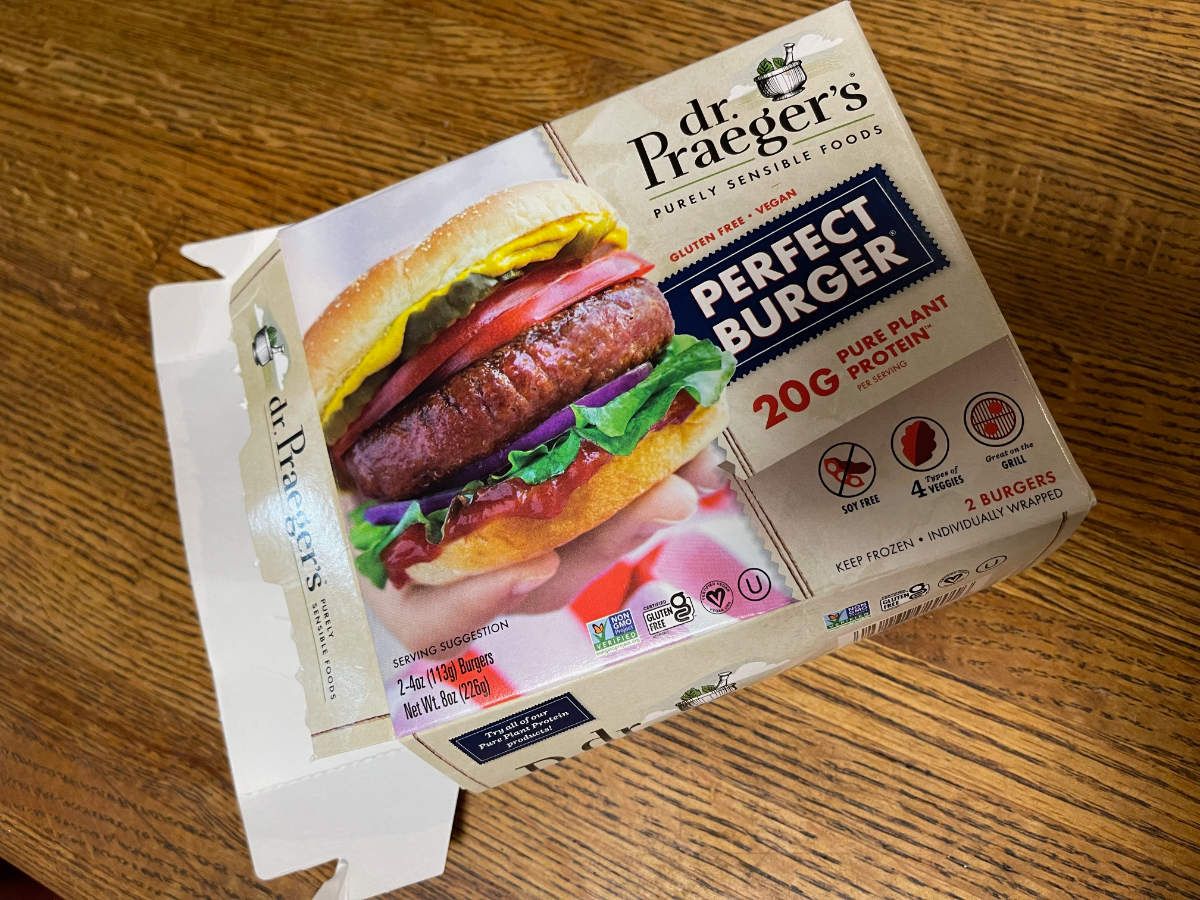What's In That Meatless Meat You're Eating?

Whether you’re vegan, vegetarian or just a curious eater, you’ve probably tried one of the meatless burgers or other meat substitutes that have seen a growth spurt the last few years.
Whether you like them or hate them as you gnaw away, you may be curious about what you’re eating. Just what’s in those things anyway? It’s a good question and one that’s not readily answered at the moment.
The U.S. Food and Drug Administration (FDA) is developing some draft labeling guidance for food manufacturers but to date, consumers are pretty much on their own and must rely on existing labels that may or may not answer all that questions.
The National Consumers League (NCL) thinks it doesn’t have to be that way, and has issued a report with seven priorities to ensure that labels clearly identify the protein source and inform consumers of the nutritional composition of each meatless product.
“Plant-based meat alternatives are a popular and valued part of our food supply,” said Sally Greenberg, NCL’s Executive Director. “This is why the public needs regulatory policies that ensure the labels on these products are accurate, complete, and provide the qualifiers necessary for consumers to understand what they are purchasing.”
What’s in a name?
Just saying something is meatless doesn’t really tell you all that much. Different brands define the term differently and there is a lack of clarity about how to use traditional meat, dairy, and egg terminology on product labels, the NCL report notes.
“Products can differ in calories, saturated fat, sodium content, and levels of protein, fiber, vitamin B12, zinc, iron, and other nutrients,” NCL said. “Plant-based meats may also contain a food allergen depending on the source of the plant proteins in the product.”
About two-thirds of Americans say they ate plant-based meat alternatives in 2021 and 42% said they did so at least weekly, according to the NCL report. With an expect growth rate of 50% by 2030, it’s essential that Americans know what they’re eating, NCL maintains.
Specific recommendations
NCL has some specific suggestions as the FDA and other regulators work to draw up new labeling rules, among them:
- Establish a definition for “plant-based meat alternatives.” Because brands define the term “plant-based” differently, FDA guidance should define what constitutes a “plant-based meat alternative” to promote consistency in labeling across the category.
- Ensure brand names are not deceptive. NCL’s position is it is a deceptive practice to use brand names that suggest a product contains meat, seafood, or eggs when none is present. Even when the label states the product contains no meat or eggs, consumers are influenced by the brand name, especially if packaging and promotional content feature pictures and iconography of animals or the type of meat.
- Require that labels are standardized and clarify the protein source. Naming and labeling must be uniform and consistent and ensure that consumers can readily identify the protein source. Accordingly, FDA should require that all labels and advertisements must:
- Use a common name that links the protein source and the form, such as “soy burger.”
- Make clear that the product contains some animal protein in addition to plant-based proteins like soy. Qualifying terms can include “plant-based” and “made from plants.”
- Make clear when the product contains no meat. These terms can include vegan,” “meatless,” “vegetarian,” “veggie,” and “veggie-based” as well as “plant-based” and “made from plants.”
- Place the phrase “contains no meat,” “contains no poultry,” or “contains no eggs” on the principal display panel of vegan products near the common name and in letters at least the same size and prominence as shown in the product’s common name.
- Not use pictures, icons, or vignettes on the packaging, in marketing materials or in advertising that suggests nutrition superiority or that the product is the same as the comparable meat product.
